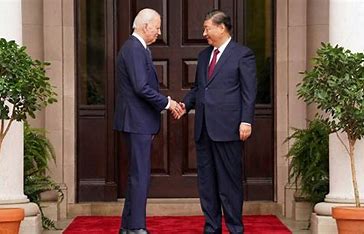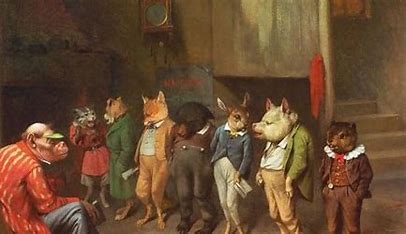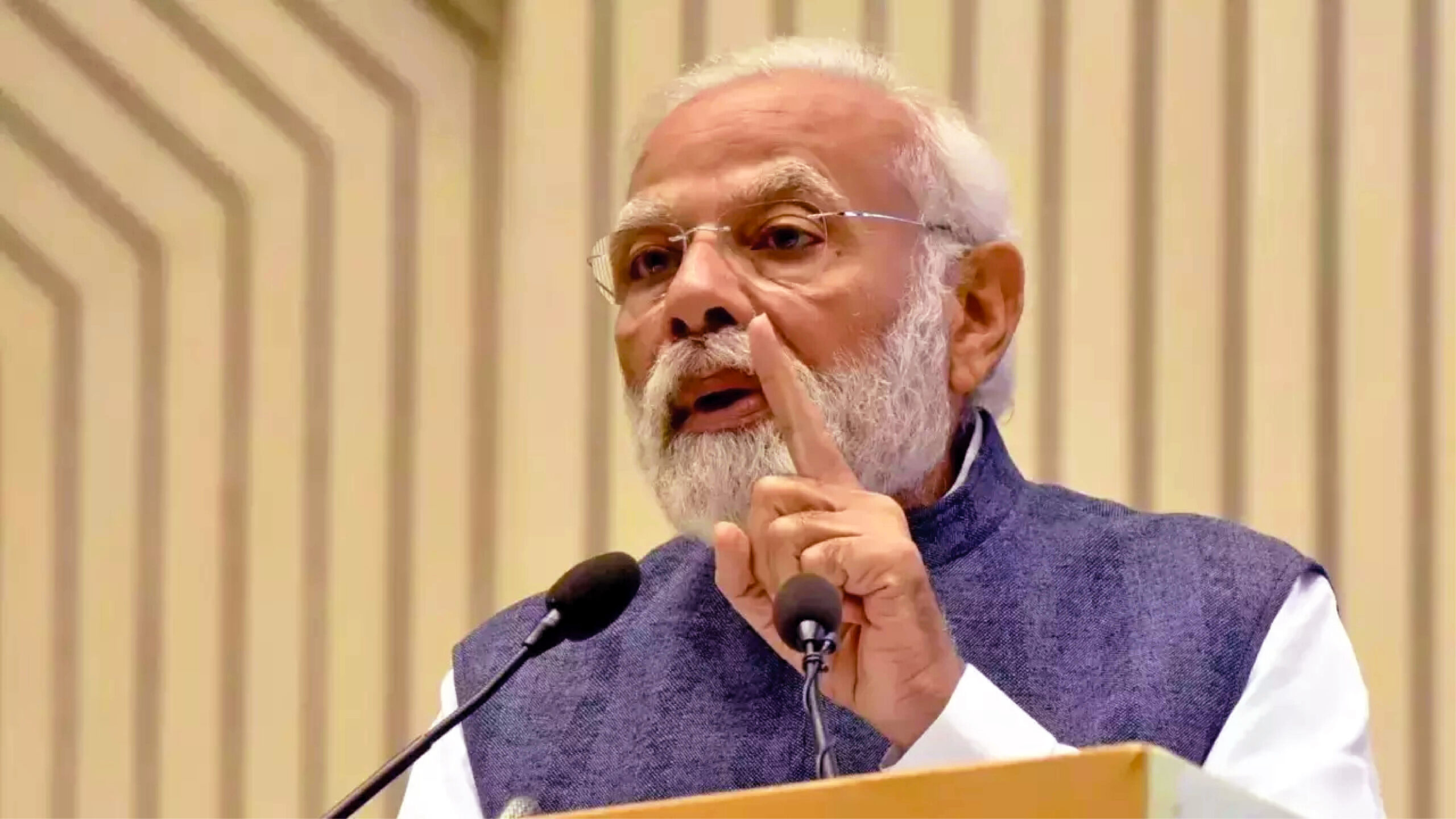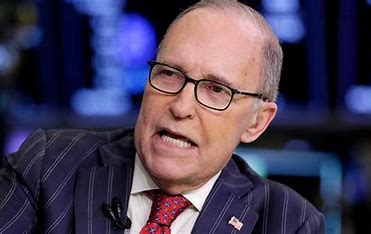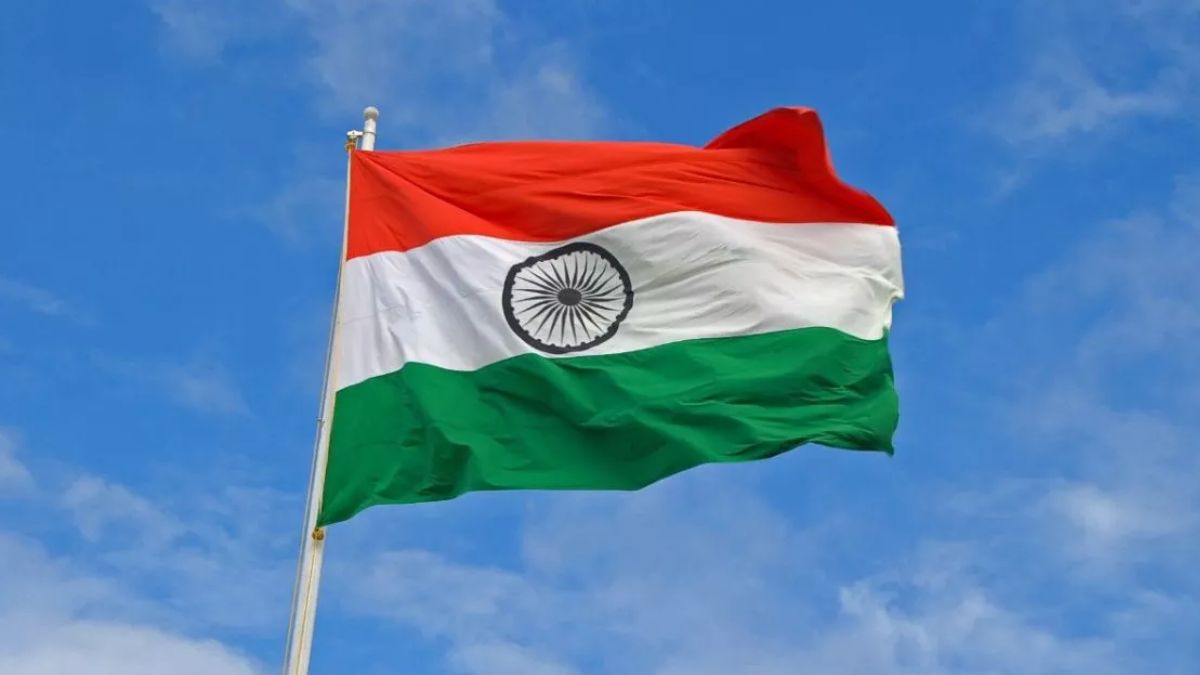
Who rules the world? The answer was not difficult till the end of 20th century. The countries which had the biggest military power. Till the disintegration of USSR, it was a bipolar world, US at one side the USSR at the other. After the disintegration of USSR, United States of America emerged as the sole superpower, dominating world institutions, having military establishments in almost every corner of the world. The world remained under the shadow of unipolar superpower for a period. But that cannot be the case forever, nothing is permanent. Change is the law of the nature.
Military might cannot be the only global power order in future, soft power and vehement and fervent economic trends are the future of new global order. In the new era of 21st century India and China took the economic leads as the Chinese manufacturing power become a significant threat to the major economic powers and India’s fast economic growth surprised the world. By the time superpower realised that growing significance of rising economies in Asia and it went in firefighting mode, it was little late. Surging economic powers remained exuberant and ebullient.
Soft power: Soft power is going to be the new mantra which will define the next vehement and inevitable global power order in the new world order. Joseph S. Nye, Jr., a political scientist at Harvard University and the author of “Soft Power: The Means to Success in World Politics” coined the term in the late 1980s. Soft power is a type of influence wielded by persuading others, particularly countries, to do what you want them to do through economical, moral, cultural or political attraction without having to coerce with threats or financial incentives. That means to success and have a say in world policies, politics, and economics. Soft power is important because it has a measurable, positive effect on human suffering. Hard power is the root cause of all wars, and conflicts.
Manpower: India being the world biggest manpower exporter plays a big role in the growth and development of many countries. By the end of third decade of twenty first century twenty percent of the global workforce outside India are NRIs or citizens of Indian origin. This makes a major impact of geopolitical stage. Most cost effective, less problematic and hardworking Indian diaspora force is an incomparable power which shapes economies of many nations. There are countries which economies cannot survive if Indians decide to withdraw or leave the county. Indian expatriate community is the largest ethnic community in UAE constituting roughly 28 per cent of the country’s population. The number of resident Indian Nationals is estimated to be 2.8 million in 2023 as per GMI. They are in every sphere of life from semi-skilled labour to CEO of top UAE companies. Business tycoons based in the UAE have bagged prominent positions in the Forbes’ 37th annual world’s billionaires list. Among the top 10 UAE residents six are Indians or Indian origin.
The number of Indians who became permanent residents in Canada rose from 32,828 in 2013 to 118,095 in 2022, an increase of 260%, according to a National Foundation for American Policy (NFAP). According to ministry of external affairs data total number of NRIs, PIOs and OIs is around 64,243,180 (NRIs 13459195 PIOs 18683645 OIs32100340) residing outside India comprise the world’s largest overseas diaspora.
Economy: Growing economy is a promise of better future. At present, India is ranked fifth in terms of the size of its economy at $3.7 trillion in 2023-24. “India’s nominal GDP measured in USD terms is forecast to rise from $3.5 trillion in 2022 to $7.3 trillion by 2030. This rapid pace of economic expansion would result in the size of the Indian GDP exceeding Japanese GDP by 2030, making India the second largest economy in the Asia-Pacific region,” the S&P report says. To become the world’s largest economy by 2047, India needs to grow at 14 per cent every year, assuming the rupee remains stable against the dollar. This is an achievable figure possible by keeping each determinant of growth like labour, investment, human capital and total factor productivity at its best. In between 2006-2011, India’s annual growth rate was around 14 per cent.
Market: Population of a country is not a liability but sometimes it is the power if you act wisely. India being the most populated country of the world is the biggest market for the multinationals all over the world. Take the recent example of Tesla. After making many attempts to enter Indian market finally commerce minister Piyush Goyal is all set to meet billionaire Elon Musk in the United States. the talks between the Musk and Goyal in US will centre around Tesla’s plans to setup an Indian factory, manufacturing a $24,000 car there, sourcing more components and establishing charging infrastructure across the nation. They can not antagonise India as they may be deprived of one the biggest market.
Culture: This is a country’s power to influence others through its cultural riches, such as art, literature, music, and movies. Indian soft power includes popular entertaining media like movies, music, and television soups. Indian film industry is most popular entertaining industry after Hollywood. Indian film is dubbed in several languages that gives a vide scope to Indian culture overseas. Baahubali’ has been dubbed in more than 10 languages including Japanese, Chinese, Taiwanese, French, German and Spanish.
Healthcare: India is one of the largest medical tourism hubs in the world, with numerous patients flocking to its cities each day, to avail the highest standard of treatments. Apart from excellence in treatments, the country also offers numerous sightseeing spots in diverse cities, for tourists to explore. Federation of Indian Chambers of Commerce & Industry (FICCI) said that India received around 650,000 medical tourists in 2022, despite the challenges posed by the pandemic. which was a 22.3 per cent increase vis-a-vis 2018. Mostly form Africa, SAARC and other Asian countries. One of the primary reasons for foreigners seeking medical care in India is the cost-effectiveness of treatments. Medical procedures and surgeries in developed countries can often be exorbitantly priced, making them inaccessible for many.
Education is another example, when a country becomes a desirable destination for international studies due to high-quality institutions and scholars. Some countries, including the United States, attract many international students. Public diplomacy in foreign affairs and contributions to global development are potent sources of soft power. India’s rich culture and ancient ways of fine life are well received. For instance, the world observes 21st June as international yoga day. Yoga programmes and sessions are organised and celebrated by various organisations, institutions, schools and the general public all over the world. Indian food and restaurants are very much in demand in Europe, America and Asian countries. This all makes Indian a vitally important and significant nation on the planet.
In the worlds of Rabindranath Tagore: “India represents the wealth of mind which is for all. We acknowledge India’s obligation to offer to others the hospitality of her best culture And India’s right to accept from others their best.”
The writer is a Dubai based freelance columnist.
